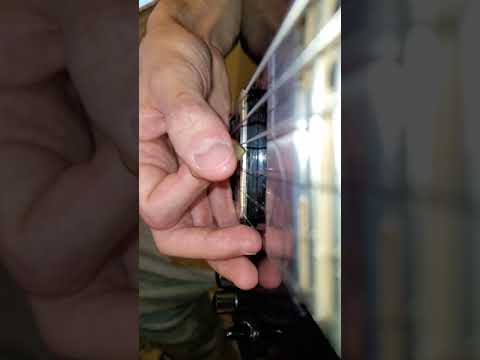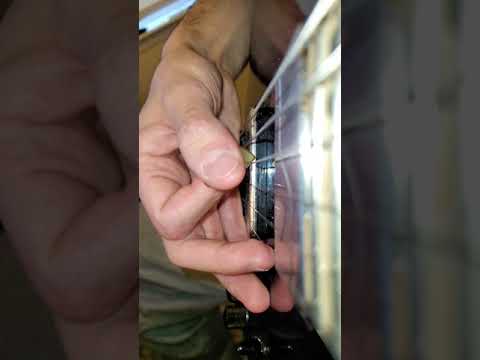Great camera work and great take!
To me, I still see that same curved motion. All the string changes are flawless though, so at the point when you need it most you’re getting a USX. I see this particularly in the second half, when you start descending. I grabbed this shot right before you change from the D string to the A string:
Look at that pick height! Very nice!
So if the motion your pick made was always like this, instead of the “C” curve (from our viewing perspective) I feel like this would be a perfect USX:
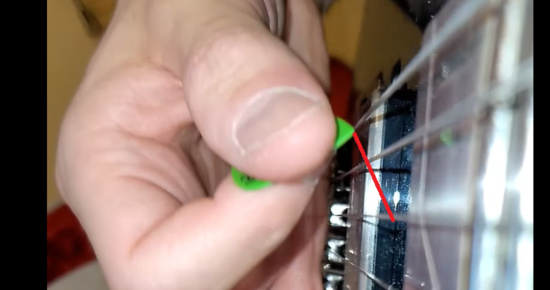
Of course, that’s not what’s happening, because once again the motion is about to do this:
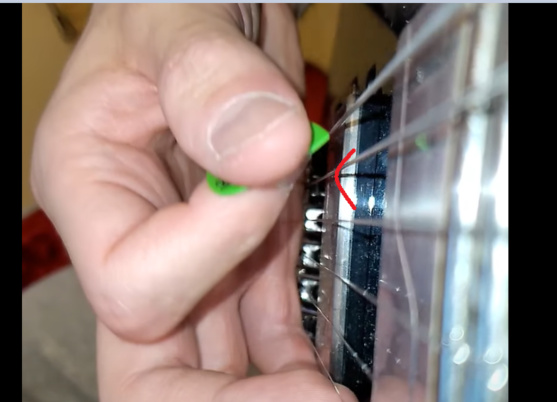
for full context I’m focusing right around the 0:25 mark of your clip. But I think, even though that’s an isolated example, that this is happening pretty frequently.
Full transparency, I could be wrong, so I’m curious what others think. I don’t class myself as an expert at these analysis but I enjoy them and I’ve been a fly on the wall for countless of them on the forum so I’ve tried to learn from what I’ve seen - watch the pick path, above everything else.
I suspect your ‘problem’ is similar to my own, which is that we can move our hands plenty fast, but we’re not making a straight line with our movements all the time. It’s this inconsistency that robs the picking of its smoothness and I think that’s the difference between us and players that own this stuff and play at/above these speeds for a long duration and don’t ‘feel’ like they’re trying hard.
Now, what’s quite different from your clips is that my inconsistent movement was the product of attempting to do USX where the elbow was driving my mechanic. I should have known better, but I figure because I was rest stroking on the down strokes I’d be ok  That doesn’t matter at all since you can rest stroke and still be trapped lol! Again, your camera angle and filming is awesome, so we clearly see you are not using the elbow, other than as a tracking aid. I feel like your mechanic of wrist/forearm should be fully USX compatible.
That doesn’t matter at all since you can rest stroke and still be trapped lol! Again, your camera angle and filming is awesome, so we clearly see you are not using the elbow, other than as a tracking aid. I feel like your mechanic of wrist/forearm should be fully USX compatible.
However, often we hear advice to simply change the mechanic or embrace another escape. I suppose it would be interesting to see what happens if you played something that’s DSX compatible. I do see some DSX movement in your playing. If you tried something like:
| -------------------------------------------------------- |
| -------------------------------------------------------- |
| ----------------------------------------x-x-x-x-x-x- |
| ------------------------x-x-x-x-x-x----------------- |
| --------x-x-x-x-x-x--------------------------------- |
| -x-x-x------------------------------------------------ |
If you start that on a down stroke and use strict alternate picking that should have you change strings on a downstroke. Maybe your brain would like that better? I dunno. Worth a shot!
So, I’m not a doctor and I don’t play one on TV either, but that is my diagnosis  I’d love to hear what the cure is! I think this is great playing that just needs smoothing out. We need some experts:
I’d love to hear what the cure is! I think this is great playing that just needs smoothing out. We need some experts:
I’ve seen @tommo and @qwertygitarr and @Johannes all give awesome critiques with actual advice on how to correct the issues. That’s by no means to discredit other awesome reviewers on here, they’re just the ones I’ve seen do the most critiquing lately so I thought I should invite them to the party.
Sorry that’s so long, I suck at being concise. Follow up question: did Teemu have any advice for you? He’s obviously very aware of CtC principals.
 I think the most valuable thing happening on this forum is that we are developing a precise methodology of filming, analysing and discussing one’s picking - a sort of scientific method for guitar
I think the most valuable thing happening on this forum is that we are developing a precise methodology of filming, analysing and discussing one’s picking - a sort of scientific method for guitar 


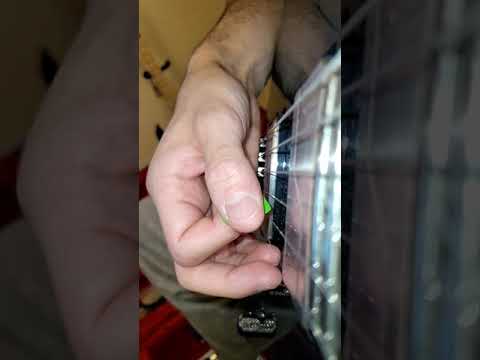
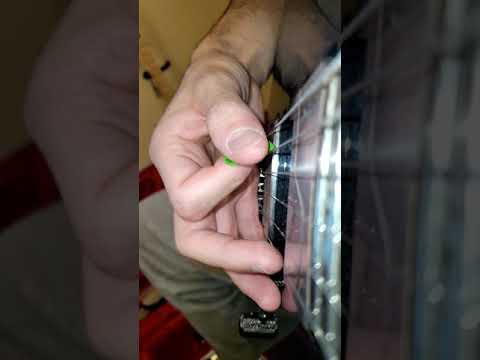
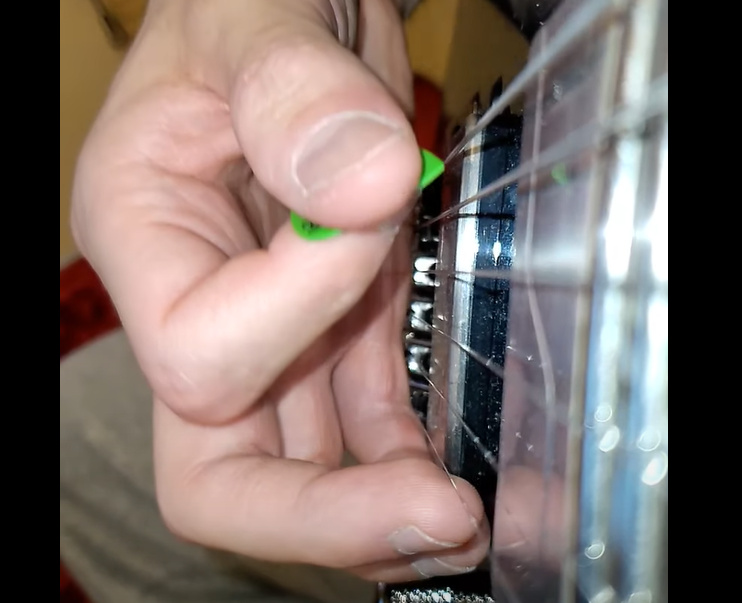


 Below are the videos. This time repeating sixes with a change on a down stroke!
Below are the videos. This time repeating sixes with a change on a down stroke!








